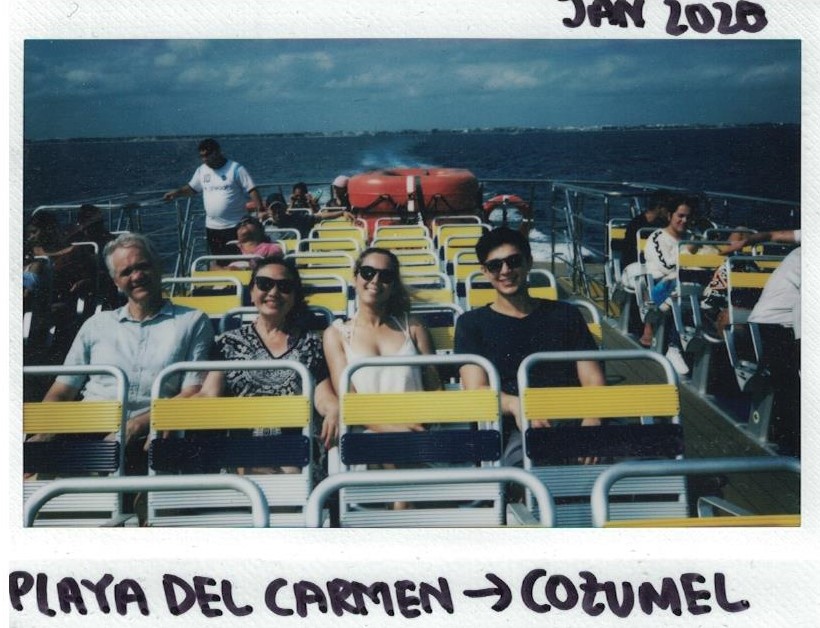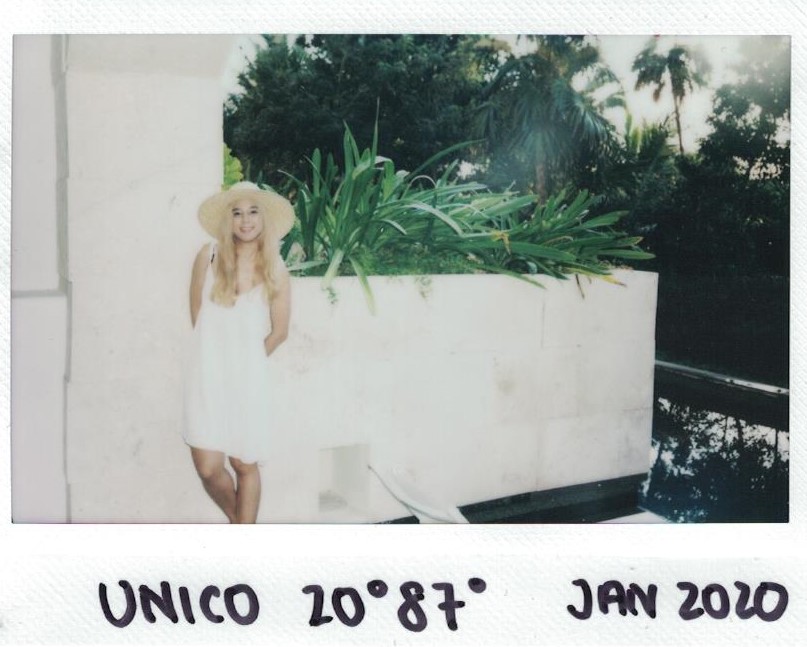A few weeks ago I was on lounging without a care in the luxurious Unico resort at Riveria Maya, Mexico.
The highlight of my trip is a no-brainer really, it was visiting one of the new wonders of the world – Chichen Itza (on that note, did you know the great pyramids of Giza are only an honorary wonder?)
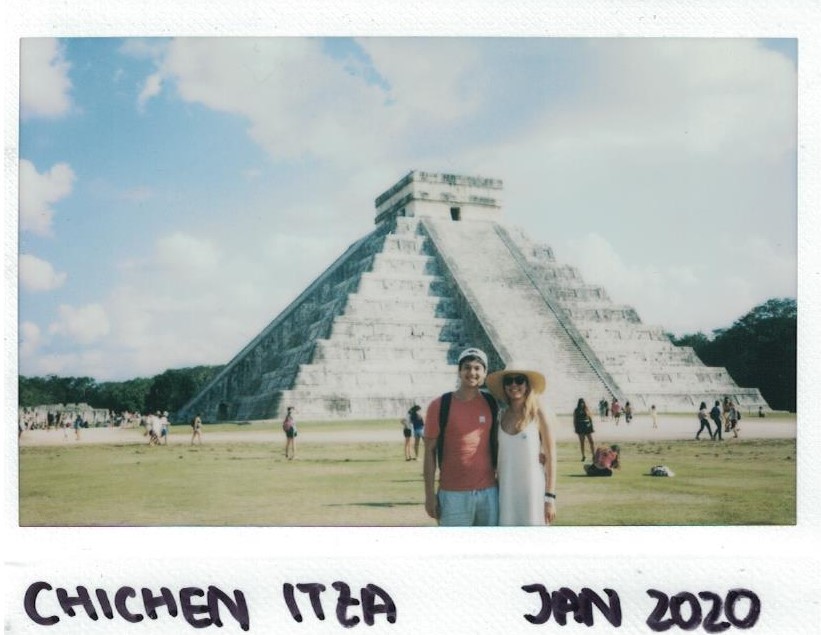
I haven’t been to any of the other new wonders besides the Great Wall of China so I can’t really compare. I’m sure the pyramids are impressive and a crazy feat of engineering, but I can tell you what makes the Mayan city Chichen Itza so wondrous. There are a few parts to this wonder, but I’ll write about the Kukulkan Pyramid and the Great Ball Court – both full of architectural and engineering marvels.
This pyramid is actually a giant calendar. There are exactly 365 steps to the top with big carved serpent heads at the base of each side. Depending on the position of the sun, the steps cast shadows in the shape of triangles (sometimes equilateral, sometimes isosceles) – this allowed Mayans to deduce the season. The Mayans would look at the shadow each day and know when it was time to plant their crops and when it was time to harvest. (My memory is a little hazy now but I think it also served as some sort of sundial so it could tell the time too). Every equinox (the time or date, twice each year, at which the sun crosses the celestial equator, when day and night are of equal length) an enormous snake born from the shadows slithers down the side of the Temple of Kukulcan. How cool!?
In my photo above it looks like the pyramid is just sitting on the ground we’re standing on but actually there’s a cenote (cavern) below, filled with water. This produces a cupping effect which makes the pyramid earthquake-proof. There were attempts to dig up the ground to restore the pyramid to its actual state but the excavation was halted as it could potentially unbalance the cupping and the whole pyramid would collapse.
At the very top, there appears to be a doorway, but this is actually an acoustic feature of the pyramid. Standing at the base of the pyramid, you can clap your hands and the sound of the Quetzal bird would echo back at you. I’ll let you youtube that, it’s pretty darn cool.
The quetzal is associated with the snake god Quetzalcoatl and seen as a symbol for goodness and light. The rulers in Mayan cultures required tributes and head-dresses made of quetzal tail-streamers, but since the birds were considered sacred, the penalty for killing one was death, so the birds were freed once their plumes were removed.
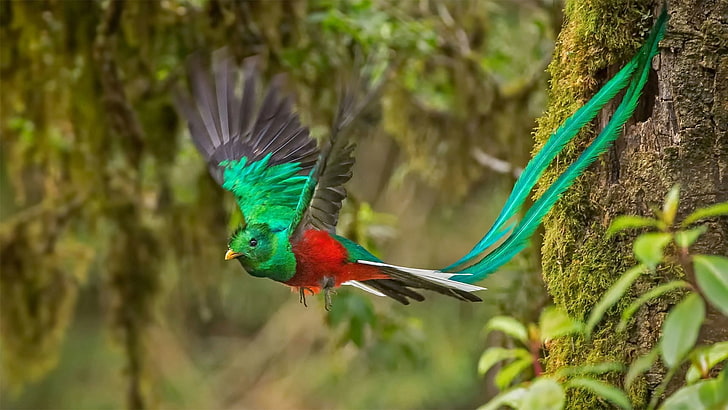
How on earth was all this built before modern technology?
Next up – the Great Ball Court. Historians actually don’t know what the ball game was called or how it was played – everything you see or hear are guesses made.
The Great Ball Court is one of 1300 courts, but the largest in the world. Our guide told us that the court was built to entertain the royals. It’s high walls kept out commoners and slaves but they could all “enjoy” the sport/entertainment due to the brilliant acoustics of this structure. The stone walls are a combination of square, rectangle and oblique rectangle blocks that are concaved on the exposed side. This causes a loud echo when the ball bounces off the surface. Our guide made us yell and clap at the walls to demonstrate. Truly a clapping sound at one end of the court would reverberate clearly 166 metres (545 feet) across.

The game honestly looks incredibly difficult, we deduced from the shape of the court that one would have to shoot a ball through the goalpost. It’s said they used to play with a sacrifice’s head, but how would that bounce? It’s also said that players use their hips to toss and pass the ball. Sure I can believe these absurd rules, but in this Great Ball Court, the goal is 9 metres above ground, how much force did you have to thrust to get the ball/head up that high??
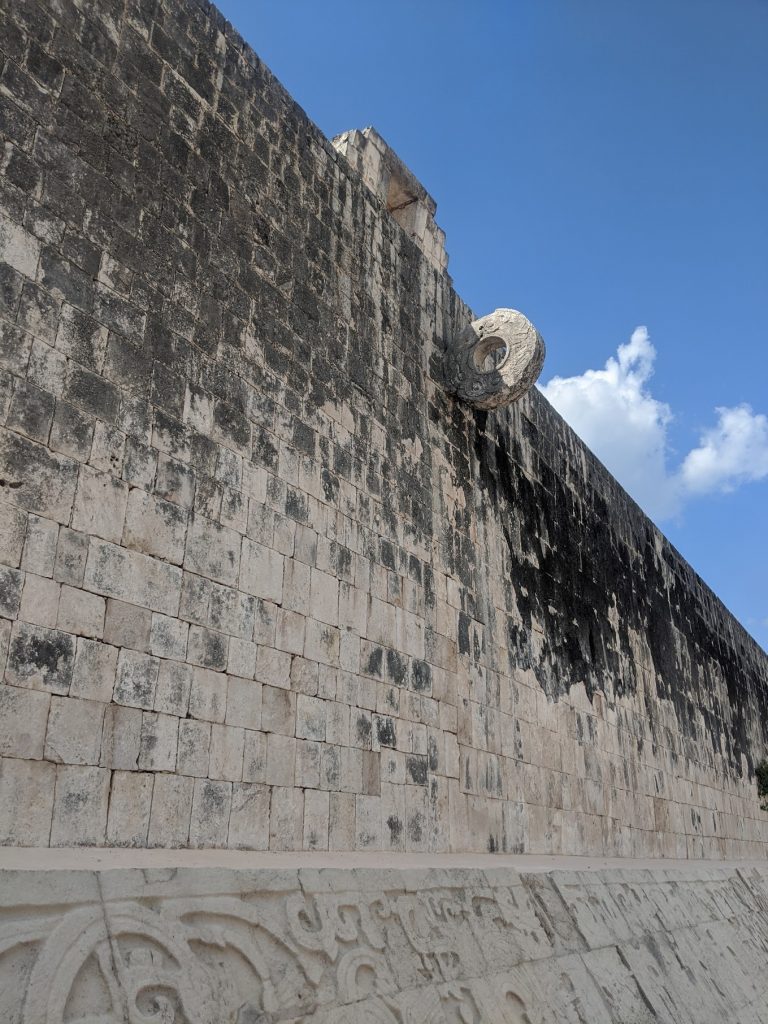
At the base of the walls, there were carvings to help historians. The story goes that these players were commoners or slaves and chosen to play til their death, literally, to escape a life of poverty. The prize for winning these games was that the team’s captain would be gloriously executed and his skull carved upon stone slab alongside fellow champions. So these men would train all their life and train their sons and their sons’ sons. The would play, and when they finally won, they would die smiling, knowing that they’ve emerged the hero, they’ve escaped a life of suffering.

Here is a nice picture from wikipedia showing the full length of the skull platform.
Look familiar? Our guide said this tradition led to the day of the dead festival (not sure how the date was decided) where the captain’s families would celebrate his victory. That’s why the skulls are always smiling and are brightly coloured. It’s not a tragedy, it’s honour to the family.
There are several other monuments in Chichen Itza that have their own rich histories but these two struck me the most – this is what I love most about travelling.

